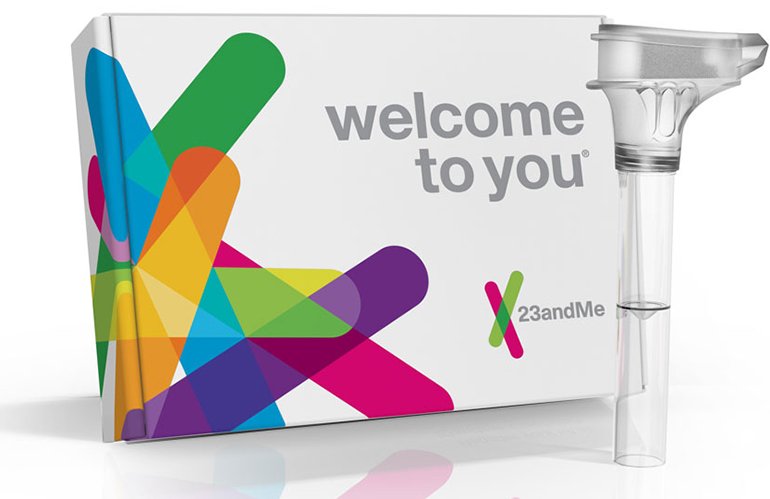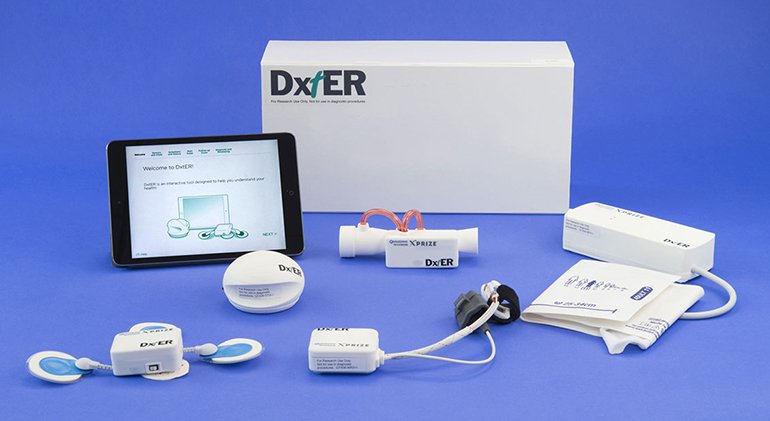This is GizmoMD
Dear Friends, It’s been a while. If you’ve been wondering what happened to Medgadget — you’re not alone. It’s been a few years since anything was published, and like many of you, I’ve missed the excitement of discovering and sharing the latest in…
The Latest
GizmoMD Reviews the Sleep Number i10 360 Smart Bed (November 2021)
Note to readers: These posts are some of my favorite pieces from my time with Medgadget—stories that still resonate, even if they’re a bit dated. For now, consider this a placeholder, a glimpse into the past, until it’s replaced with fresh, exclusive GizmoMD content. Thanks for reading and I hope you enjoy! Ten years ago, Sleep Number gave GizmoMD the opportunity to try out their advanced beds. As you’ve probably seen on numerous TV commercials and in retail outlets, Sleep Number beds are known for their adjustable firmness, accomplished by changing the air pressure inside their mattresses. We had enjoyed sleeping on…
Cyborg Tadpoles Offer Insights Into Brain Development
Harvard University researchers have created cyborg tadpoles by implanting soft, flexible neural devices into embryos, allowing them to monitor brain activity as it develops. This breakthrough enables scientists to study neurological conditions such as autism and schizophrenia at their earliest stages. The implant integrates seamlessly into the neural plate, recording electrical signals with millisecond precision. Traditional brain monitoring methods often damage tissue or provide only limited snapshots of development. By embedding sensors into the neural plate before it folds into the brain, researchers can continuously track neural activity without disruption. This approach could lead to new insights into neurodevelopmental disorders…
Virtual Reality Training to Combat Medical Equipment Contamination
Mass General Brigham researchers have developed a virtual reality (VR) training tool to improve infection control practices in healthcare settings. The immersive module educates clinicians on cleaning and disinfecting portable medical equipment, addressing a critical gap in preventing healthcare-associated infections. The training incorporates gamification and visualization techniques to enhance learning. Studies show that shared medical devices, such as blood pressure cuffs and imaging machines, are often inadequately disinfected, contributing to infection risks. The VR tool allows healthcare workers to “see” invisible contamination and practice proper cleaning techniques in a simulated environment. Initial trials at multiple facilities demonstrated increased staff competency…
Brain-Computer Interface Restores Speech for ALS Patients
A first-of-its-kind brain-computer interface (BCI) developed at UC Davis Health is enabling real-time speech synthesis for ALS patients. Unlike traditional assistive technologies that translate neural activity into text, this system reconstructs voice instantly, allowing for natural conversation. The technology consists of microelectrode arrays implanted in the brain’s speech center, capturing neural signals and converting them into audible speech. The breakthrough allows users to adjust intonation and even sing, offering a more dynamic communication experience. Researchers emphasize that real-time voice synthesis enhances social interaction by enabling patients to interrupt conversations naturally, reducing delays associated with text-based communication. The system’s rapid processing—one-fortieth…
Oculomics: The Future of Disease Detection Through Eye Scans
The emerging field of oculomics is revolutionizing disease detection by using non-invasive retinal imaging to identify systemic health conditions. Researchers at the Centre for Eye Research Australia (CERA) are leveraging advanced imaging technology, large-scale health datasets, and artificial intelligence to analyze subtle patterns in the eye that correlate with diseases such as heart disease, dementia, and cancer. Oculomics relies on high-resolution imaging tools like fundus photography and optical coherence tomography to visualize the microvasculature and nervous system. AI-driven analysis enables early detection of cardiovascular risks and neurological disorders, offering a powerful screening tool for general practitioners and emergency departments. Recent…
Smart Dental Implants That Mimic Natural Teeth
Researchers at Tufts University have developed a revolutionary dental implant that closely mimics the sensory feedback of natural teeth. Traditional implants lack the ability to sense pressure and texture, but this new “smart” implant integrates a biodegradable coating containing stem cells and proteins that encourage nerve tissue growth. This innovation could significantly improve chewing and speaking functions for patients. The implant also features a memory foam-like nanofiber structure that gently expands to fit the socket, allowing for a minimally invasive procedure that preserves existing nerve endings. In preclinical trials, the implants remained stable with no signs of inflammation or rejection,…
Bioengineered Skin Speeds Burn Healing in Preclinical Models
A groundbreaking bioengineered skin graft developed by researchers at Tel Aviv University and Sheba Medical Center has demonstrated remarkable healing properties in preclinical trials. Designed using the patient’s own cells, this innovative graft is more stable, flexible, and robust than traditional treatments. In a full-thickness wound model, it achieved wound closure in half the time of standard therapies, offering new hope for burn victims. Current treatments, such as autologous skin grafting, require harvesting healthy skin from the patient, which can be problematic for those with extensive burns. The new bioengineered skin eliminates this issue by using a nanofiber scaffold combined…
Harnessing Digital Technology for the Future of Pediatric Nursing
Digital technologies are poised to transform pediatric nursing by enhancing safety and personalization in care. Dr. Karin Plummer from Griffith University highlights the potential of AI-powered clinical decision support, wearable biosensors, and chatbots to improve outcomes for children, especially those with chronic conditions. These tools can provide real-time health data, reduce medication errors, and streamline workflows, allowing nurses to focus on patient care. However, technology must complement, not replace, human judgment. Dr. Plummer emphasizes that while AI can analyze vast datasets to detect critical conditions, clinical expertise and human connection remain vital. Implementation barriers, such as cost and accessibility, pose…
Ghost Hearts and Biohacked Insulin: A Day at Counter Culture Labs (December 2015)
Note to readers: These posts are some of my favorite pieces from my time with Medgadget—stories that still resonate, even if they’re a bit dated. For now, consider this a placeholder, a glimpse into the past, until it’s replaced with fresh, exclusive GizmoMD content. Thanks for reading and I hope you enjoy! This past weekend, we spent a day at Counter Culture Labs, a San Francisco Bay Area community lab promoting the biohacking and DIY science culture. The biohacking/DIY biology/citizen science movement seeks to empower anyone to study biology and perform interesting scientific experiments to learn more about the natural world and even themselves.…
At-Home AI Foot Scanner Prevents Heart Failure Hospitalizations
A new AI-powered foot scanner is helping prevent hospitalizations for heart failure patients by detecting early signs of fluid buildup in the feet and ankles. Developed by Heartfelt Technologies, the device uses foot-recognition technology to analyze 1,800 images per minute, identifying edema—a key indicator of worsening heart failure. The scanner can trigger alerts to healthcare providers up to 13 days before hospitalization, allowing for timely intervention. Installed at a patient’s bedside, the scanner operates autonomously, eliminating the need for manual monitoring. It provides continuous real-time data, ensuring that patients receive proactive care. In clinical trials, the device accurately predicted five…

















